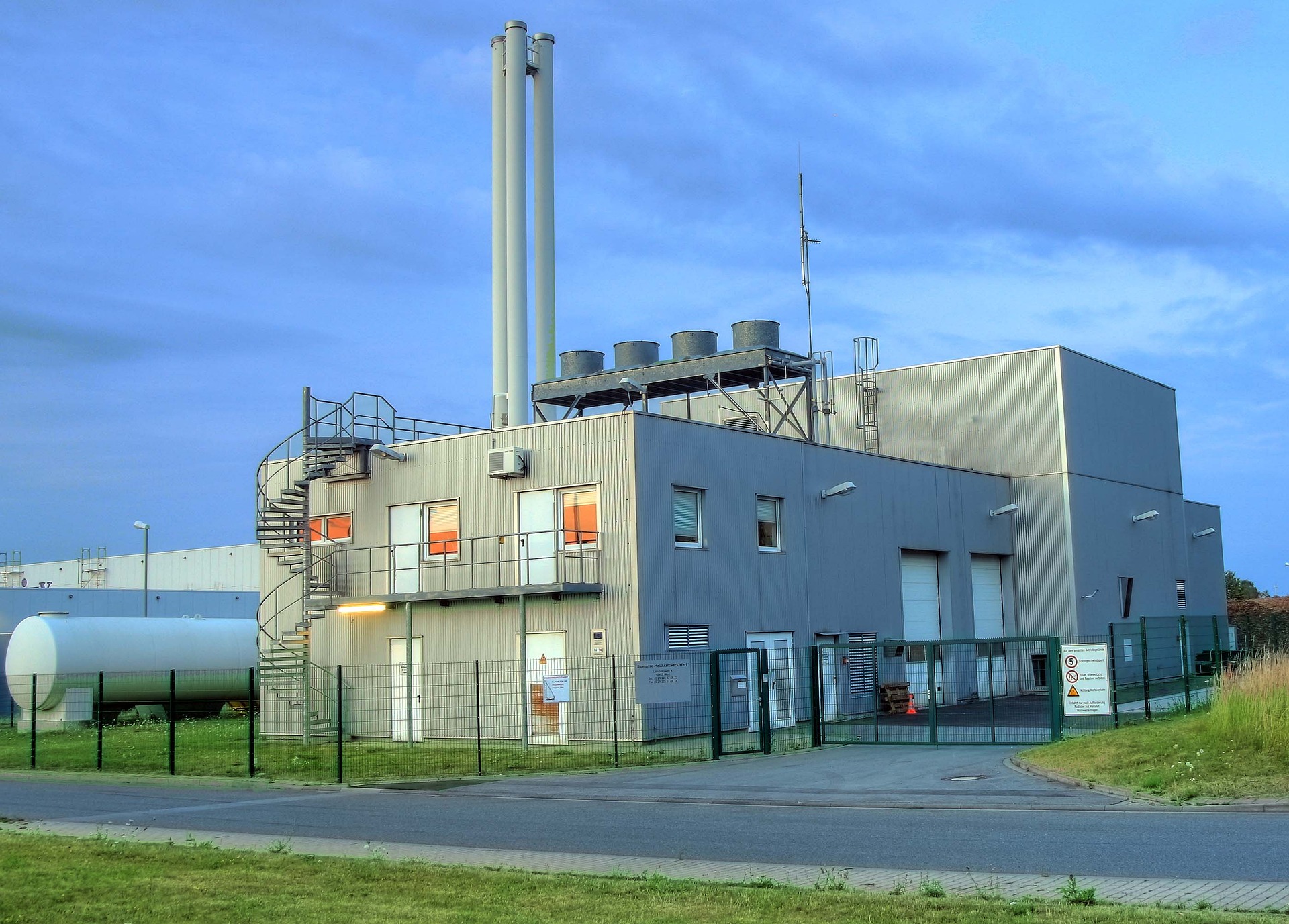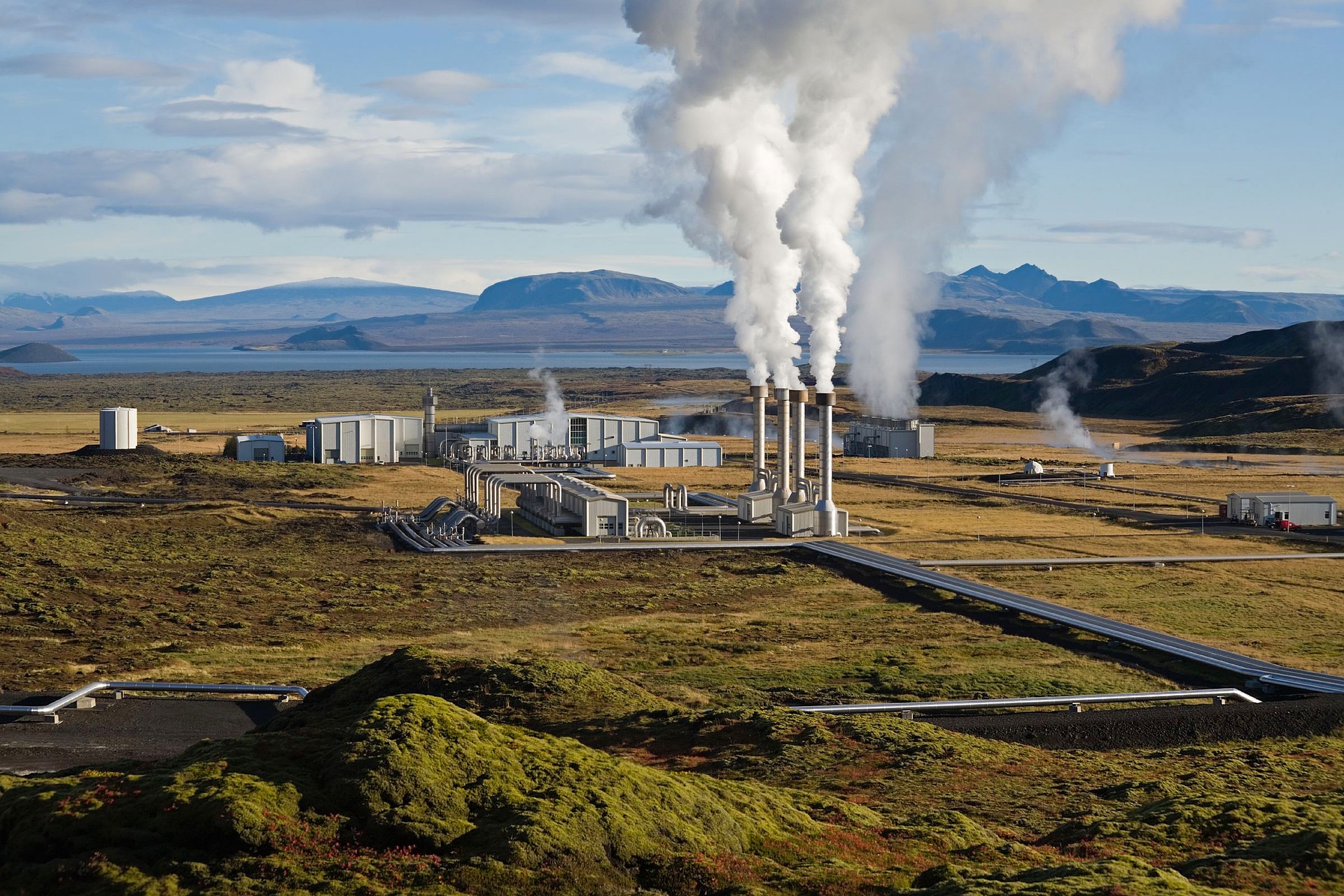Sustainable Energy Sources
Powering the Future: Embracing Renewable Alternatives for a Greener Planet

Biomass
Biomass energy harnesses the power of organic materials, such as wood, agricultural crops, and waste, to produce heat, electricity, or biofuels. By utilizing plant and microbial by-products, biomass is considered a renewable energy source that can help mitigate greenhouse gas emissions while providing a sustainable way to manage waste and support agricultural economies.

Solar Power
Solar energy captures sunlight using photovoltaic cells or solar thermal systems to generate electricity or heat. As an inexhaustible and clean energy source, solar power plays a crucial role in reducing dependency on fossil fuels, lowering greenhouse gas emissions, and promoting energy security. Technological advancements and decreasing costs have made solar installations more accessible to residential, commercial, and industrial sectors.

GeoThermal
Geothermal energy leverages the Earth’s internal heat, derived from natural geological processes, to produce electricity and direct heating applications. By tapping into heat stored beneath the Earth’s crust through geothermal power plants and heat pumps, this reliable and renewable energy source provides a consistent and environmentally friendly way to meet energy needs.

Hydro Power
Hydroelectric power utilizes the kinetic energy of flowing water, usually from rivers, dams, or tidal movements, to generate electricity. As one of the oldest and most widely used forms of renewable energy, hydropower offers a clean and efficient method of electricity production with the added benefits of flood control, water supply, and recreational opportunities. Its scalability ranges from small-scale setups to vast, multi-gigawatt power plants, adapting to various geographical and infrastructural contexts.
Sustainable, Renewable, & Clean Energy
Sustainable Energy refers to energy sources that can be harnessed and utilized indefinitely without depleting natural resources or causing environmental harm. It focuses on meeting current needs without compromising the ability of future generations to meet their own. Sustainable energy is crucial for long-term environmental and economic stability.
Example: Biomass energy is a sustainable energy source. It involves using organic materials such as agricultural residues, wood waste, and organic matter from sewage to generate electricity, heat, or biofuels. Since new biomass can be grown or produced, it is considered sustainable.
Renewable Energy is a subset of sustainable energy. It refers to energy sources that are naturally replenished on a human timescale and are not exhausted by use. These sources have a virtually infinite supply and produce minimal or no harmful emissions during energy generation.
Example: Solar energy is a prime example of renewable energy. Solar panels convert sunlight into electricity, and as long as the Sun exists, we have access to solar power. Wind energy (generated by wind turbines) and hydropower (generated from flowing water) are also examples of renewable energy.
Clean Energy is similar to green energy in that it refers to energy sources with minimal environmental impact. It typically includes renewable energy sources and also involves a focus on efficient energy use and conservation.
Example: Geothermal energy is an example of clean energy. It utilizes the Earth’s internal heat to generate electricity or provide heating and cooling. Geothermal power plants emit very low greenhouse gases and have a small environmental footprint.
Summary:
Sustainable energy emphasizes long-term viability without harming the environment or depleting resources.
– Renewable energy sources are naturally replenished and have an infinite supply.
– Green energy prioritizes low environmental impact and focuses on renewable sources.
– Clean energy includes renewable sources and emphasizes efficient use and conservation.